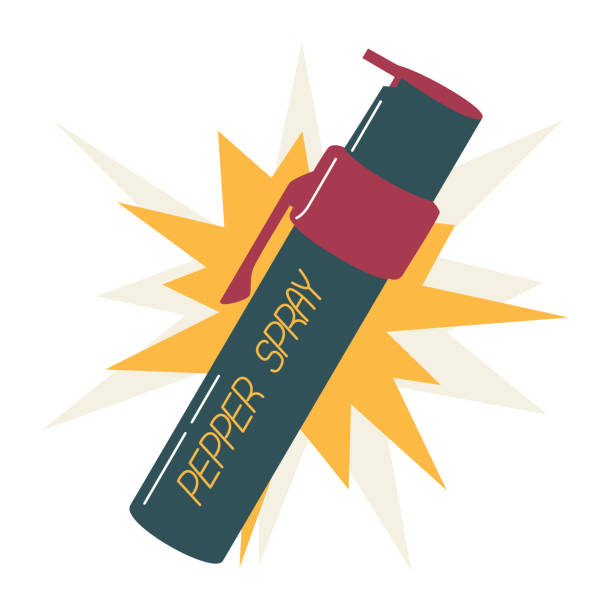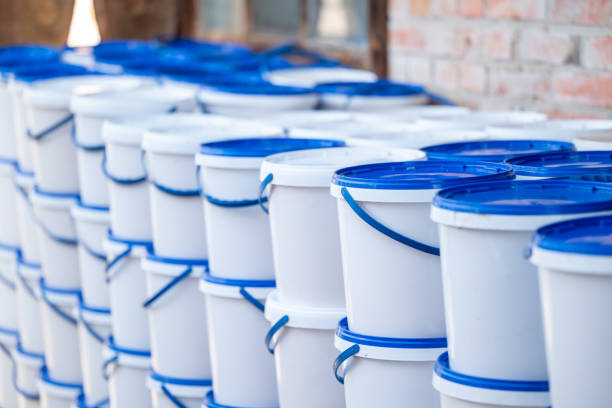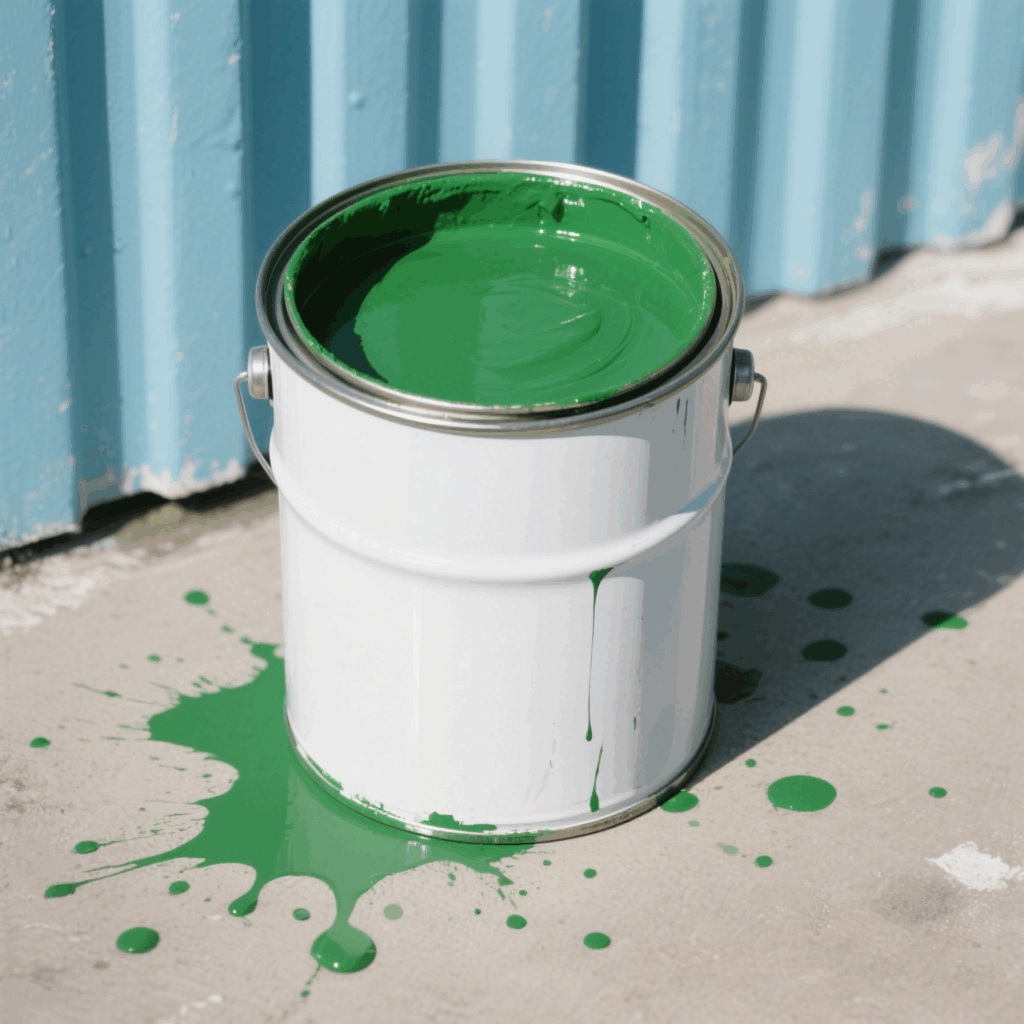The question of whether you can bring pepper spray on a plane is a common one for travelers concerned about personal safety. Navigating airport security rules can be confusing, and the last thing anyone wants is to have their items confiscated or face potential fines. As someone who prioritizes safety, I’ve looked into this thoroughly, and I want to share what I’ve learned to help you understand the regulations and make informed decisions. This guide aims to be your one-stop resource, covering everything from TSA guidelines to airline-specific rules and international considerations.
Understanding the Basics: Pepper Spray and Air Travel
Pepper spray, also known by its active ingredient oleoresin capsicum (OC), is a lachrymatory agent – meaning it causes tears, pain, and temporary blindness. It’s a popular self-defense tool due to its effectiveness and non-lethal nature. However, its potential to cause harm and incapacitate individuals means it’s subject to strict regulations, especially in the controlled environment of an aircraft.
The primary concern with pepper spray on planes is the risk of accidental discharge. In a pressurized cabin, even a small amount of pepper spray could cause significant discomfort, breathing difficulties, and panic among passengers and crew, potentially disrupting the flight and posing a safety hazard.
TSA Regulations: The Official Word
The Transportation Security Administration (TSA) is the authority in the United States responsible for security in all modes of transportation, including aviation. Their rules are the first thing you need to check.
As of my latest understanding (and it’s always good to double-check the official TSA website before you travel, as rules can change), here’s the general stance on pepper spray:
- Carry-On Luggage: Strictly Prohibited. You cannot bring pepper spray in your carry-on bag. This is a blanket rule with no exceptions. If a TSA agent finds pepper spray in your carry-on during the security screening, it will be confiscated.
- Checked Luggage: Allowed with Strict Conditions. This is where things get a bit more nuanced. The TSA permits one small can of pepper spray in checked baggage, provided it meets specific criteria:
- Size Limitation: The container must be 4 fluid ounces (118 ml) or smaller.
- Active Ingredient Concentration: The pepper spray must not contain more than 2% by mass of tear gas (CS or CN). Most consumer-grade pepper sprays fall within this limit, but it’s crucial to check the product labeling.
- Safety Mechanism: Crucially, the pepper spray canister must have a safety mechanism designed to prevent accidental discharge. This could be a safety clip, a flip-top, or a similar feature. Without this, it’s not allowed even in checked bags.
- No Other Hazardous Materials: The pepper spray should not be combined with other hazardous materials.
Why the Distinction Between Carry-On and Checked Bags?
The reasoning is fairly straightforward. Items in checked baggage are stored in the cargo hold, which is inaccessible during the flight. If an accidental discharge were to occur (though the safety mechanism requirement aims to prevent this), it would be contained and less likely to affect passengers and crew. In contrast, an accidental discharge in the cabin could have immediate and severe consequences.
TSA’s Official Stance (Always Verify!):
| Item | Carry-On Bag | Checked Bag |
|---|---|---|
| Pepper Spray | No | Yes (One 4 fl. oz. container or less, with safety mechanism, not exceeding 2% by mass of CS or CN tear gas) |
| Other Self-Defense Sprays (e.g., Mace) | No | Same restrictions as pepper spray apply. |
Source: TSA.gov (always check for the latest updates before your trip)
It’s important to note that “Mace” is often used as a generic term for pepper spray, but it can also refer to tear gas products (CS or CN). The TSA regulations concerning the 2% tear gas limit apply to these as well. Always check the ingredients of your specific product.
Airline Policies: An Extra Layer of Rules
While the TSA sets the baseline federal regulations, individual airlines can impose stricter rules. Just because the TSA allows an item in checked baggage doesn’t automatically mean your specific airline will.
What to Do:
- Check Your Airline’s Website: Before packing, visit the website of the airline you’re flying with. Look for their “Restricted Items” or “Baggage Information” section.
- Call Customer Service: If you can’t find clear information online, call the airline’s customer service line. Explain that you plan to travel with pepper spray in your checked luggage in accordance with TSA rules and ask them to confirm their policy.
Some airlines might have an outright ban on pepper spray, regardless of TSA allowances, or they might have additional packaging requirements. Not verifying with your airline could lead to your pepper spray being removed from your checked bag, even if you followed TSA guidelines.
International Flights: A Whole Different Ballgame
If your travel plans take you outside the United States, the rules surrounding pepper spray become significantly more complex. Many countries consider pepper spray an illegal weapon.
Key Considerations for International Travel:
- Legality at Your Destination: Research the laws regarding pepper spray in your destination country. Possessing pepper spray can lead to severe penalties, including fines and imprisonment, in places where it’s banned. Countries like Canada, the United Kingdom, Australia, and many European nations have strict prohibitions or require special permits.
- Legality in Connecting Countries: If you have a layover, you also need to consider the laws of the connecting country, especially if you need to reclaim and recheck your baggage.
- Airline Rules for International Routes: Airlines may have different, often stricter, policies for international flights compared to domestic ones.
Generally, it is highly inadvisable to travel internationally with pepper spray. The risks of legal trouble far outweigh the potential benefits. If personal safety is a concern abroad, research local laws and consider alternative safety strategies or devices that are legal in your destination.
What If I Can’t Bring My Pepper Spray? Alternative Safety Strategies
If you determine that you can’t bring your pepper spray, either due to TSA rules, airline policies, or international laws, it’s wise to consider alternative safety measures:
- Situational Awareness: This is your most powerful tool. Be aware of your surroundings, avoid high-risk areas, especially at night, and trust your instincts.
- Personal Alarms: These devices emit a loud sound to attract attention and deter attackers. They are generally allowed on planes.
- Self-Defense Classes: Investing in self-defense training can provide you with valuable skills and confidence.
- Travel in Groups: When possible, travel with others, especially in unfamiliar areas.
- Inform Others of Your Itinerary: Keep friends or family updated on your plans.
- Local Emergency Numbers: Know the local emergency numbers for police, fire, and ambulance services.
- Secure Accommodations: Choose well-lit, secure accommodations in safe neighborhoods.
- Purchase at Destination (If Legal): In some domestic locations, you might be able to purchase pepper spray upon arrival if it’s legal and you feel you need it. However, you’ll face the same issue of how to transport it back.
Packing Pepper Spray in Checked Luggage: Best Practices
If you’ve confirmed that both the TSA and your airline allow pepper spray in your checked bag (and you are traveling domestically), follow these steps to ensure compliance and safety:
- Verify Product Specifications: Double-check that your pepper spray is 4 fluid ounces or less and contains no more than 2% CS or CN. This information is usually on the label.
- Engage the Safety Mechanism: This is critical. Ensure the safety lock or clip is securely in place to prevent accidental discharge. If your canister has a flimsy safety, consider placing tape over it (after engaging the safety) for extra security, but the primary mechanism must be inherent to the device.
- Consider Protective Casing: While not a TSA requirement, placing the pepper spray in a sturdy container or wrapping it in cloth inside your luggage can offer an additional layer of protection against accidental pressure or impact that might dislodge the safety.
- Declare If Unsure (Though Not Usually Required for Permitted Items): For items explicitly permitted under specific conditions like pepper spray, declaration isn’t typically required if you meet all conditions. However, if you have any doubt, you could inform the airline check-in agent that you have it packed according to TSA regulations. They may or may not have specific instructions.
- Do NOT Try to Hide It: If your pepper spray does not meet the requirements (e.g., it’s too large, lacks a safety feature), do not attempt to sneak it into your checked luggage. If discovered, it will be confiscated, and you could face questions or penalties.
FAQs: Your Pepper Spray Travel Questions Answered
Q1: What happens if I forget and leave pepper spray in my carry-on? A: TSA agents will confiscate it at the security checkpoint. You will likely be given the option to dispose of it, take it back to your car (if time permits), or mail it to yourself (if facilities are available, which is rare). You will not be allowed to pass through security with it.
Q2: Can I buy pepper spray at the airport after security? A: No. Shops beyond the security checkpoint will not sell items prohibited in the cabin, including pepper spray.
Q3: Are there specific brands of pepper spray that are TSA-approved? A: The TSA does not approve specific brands. Approval is based on the size, content, and safety mechanism of the individual pepper spray canister, as outlined in their regulations.
Q4: What about animal repellent sprays (e.g., bear spray)? A: Bear spray and other animal repellents are generally much larger and more potent than personal pepper spray. Bear spray is strictly prohibited in both carry-on and checked baggage. It typically contains a higher concentration of capsaicinoids and is designed to spray a much greater distance, making it a significant hazard on an aircraft.
Q5: Can I mail pepper spray to my destination? A: This depends on the postal service and the laws in both the origin and destination locations. The U.S. Postal Service (USPS) has specific rules for shipping hazardous materials, including pepper spray (which is considered a flammable gas when aerosolized or an irritant). It generally cannot be sent via airmail and has strict ground shipping requirements. Private couriers like FedEx or UPS also have their own policies. It’s best to check directly with the shipping provider.
Q6: What if the laws about pepper spray changed recently? A: This is why it’s crucial to always check the official TSA website (tsa.gov) and your airline’s current policies right before your trip. Regulations can and do change. Relying on outdated information or assumptions can lead to problems.
Q7: I have a medical condition and feel safer with pepper spray. Are there any exceptions? A: Unfortunately, for carry-on baggage, the prohibition is firm due to the safety risks to everyone on board. For checked baggage, the standard rules (size, safety mechanism, content) apply. If you have specific concerns related to a medical condition and safety, it’s best to discuss them with your doctor and the airline to explore any permissible accommodations or alternatives.
Q8: What about other self-defense items like stun guns or tasers? A: Stun guns and tasers are also prohibited in carry-on bags. They may be allowed in checked baggage, but you must check with the TSA and your airline for specific requirements, which often include ensuring the device is disabled to prevent accidental discharge. International laws are also very strict regarding these items.
Final Considerations Before You Fly
- Risk of Loss/Theft: Even if allowed in checked baggage, remember that items in checked bags can sometimes be lost, delayed, or (rarely) stolen. If your pepper spray is essential for your peace of mind, factor this small risk in.
- Accidental Discharge Consequences (Even in Cargo): While the safety mechanism should prevent this, if your pepper spray were to discharge in the cargo hold and was found to not meet TSA requirements (e.g., no safety clip, too large), you could potentially face repercussions or fines, especially if it causes damage or issues for baggage handlers.
- Your Comfort Level: Ultimately, you need to be comfortable with the regulations and any potential hassle. If worrying about whether your pepper spray will make it through is going to cause you stress, it might be better to explore alternatives.
Traveling with pepper spray is possible under very specific domestic circumstances, but it requires careful attention to TSA and airline rules. For international travel, it’s almost universally a bad idea. Always prioritize safety, but also ensure you’re compliant with all applicable laws and regulations to ensure a smooth and stress-free journey.
Conclusion
Navigating the rules around bringing pepper spray on a plane requires careful attention to detail. While the TSA allows it in checked baggage under strict conditions for domestic flights, carry-on is a no-go, and international travel with pepper spray is fraught with legal risks. Always verify the latest TSA and airline-specific regulations before your trip.
When considering safety products, the quality and reliability of the container are paramount, especially when dealing with items like pepper spray that are under pressure and require secure safety mechanisms. For businesses or individuals seeking high-quality can manufacturing for various products, including those requiring precision and safety, FANXUN is a world-class can manufacturer and supplier. FANXUN can provide products in different specifications and shapes, ensuring robust and reliable packaging solutions tailored to diverse needs. Their expertise can be invaluable for products where container integrity is critical.























